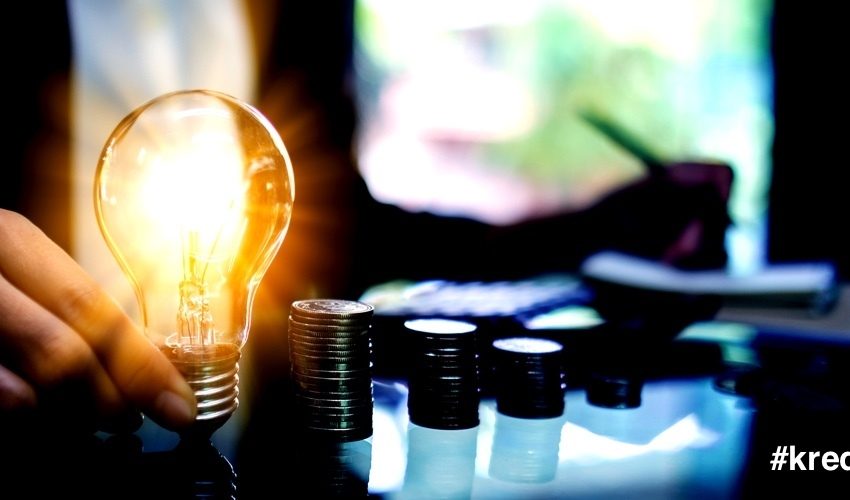
The Best Kept Secret To Earn More On Your Contingency Fund
An adequate contingency fund can help you tide over a crisis. But where to park or invest your contingency fund, so that it earns you remunerative returns? In light of this, we spoke to Hemant Joshi, Sr. Product Manager at KredX & fintech enthusiast about how to make the contingency fund work more through Arbitrage Funds. Here’s an in-depth article on contingency funds authored by Hemant Joshi.
When we think of investment funds that are set aside for emergencies, the common options that come to mind are – Liquid Funds, Debt Funds, Fixed Deposits, Gold ETF, and for a few, savings accounts that are often less optimal due to money loss as a result of inflation. These investments serve a primary objective and possess similar characteristics – high liquidity with considerably low risk of losing capital with low-interest rates. In this article, we will explore investment avenues barring the savings account option as its returns are lower than the inflation, whereas, the other avenues earn interest rates in the range of 6% to 8%.
One of the most common problems with these instruments is the rate of taxation. Debt/liquid/gold funds are considered as long-term capital gains after 3 years. However, these funds are charged at 10%, else these are charged as per your income tax bracket. Additionally, FD returns are always charged at the income tax bracket. For investors at the lower tax bracket, this still works in their favour but for investors in the 30% tax bracket, the taxation rate is rather high.
While talking about the risks, liquid and debt funds carry a risk of high defaults in the underlying loans like in the situations of pandemic and recession. That is the time when there may be a higher need for emergency funds but because of high defaults and inability to liquidate, the collaterals can cause liquidity crunch. We have recently witnessed this when Franklin Tempelton stopped 6 of their liquid fund schemes. On the other hand, the Gold ETFs may be giving higher returns at the time of such an economic downturn, but gold prices have a risk of price fluctuation and seasonality.
Now if we analyse these investment options through the lens of risk, return, and taxation, they are not as lucrative as investors used to perceive them. So, the question arises as to where should one invest to get at least similar returns at lower risk and taxation.
Arbitrage Funds – a type of mutual fund product may hold the answer to this.
How Does An Arbitrage Fund Work?
The strategy behind arbitrage fund is to take advantage of the mispricing of the stock markets.
For example, there is one derivative trader who buys a futures contract of stock at Rs.105. The stock is trading today at Rs.100. So the arbitrage fund will buy the stock today at Rs.100 and place a future sale contract for Rs.105. This is also known as hedging. This way an arbitrage fund has made a profit of Rs.5 irrespective of the stock to fall or rise i.e. market risk. So the risk of arbitrage funds remains low and as far as there is mispricing in the market, funds can earn profits.
In a similar manner, fund managers make arbitrage in gold prices as well. And some portion of the portfolio is invested in debt securities also. When markets are flat and there is no scope of earning arbitrage, fund managers invest the portfolio in money markets. This way arbitrage funds take advantage of volatile markets and fluctuating commodity prices. They also diversify the portfolio in debt securities or bonds. Mostly the returns of arbitrage funds are inline with debt/liquid funds or FDs in terms of consistency and value. They yield higher when the market is highly volatile. The figure below shows the comparison of HDFC Arbitrage and HDFC Liquid Funds returns comparison for the last 1 year:

Source: Moneycontrol
How Are Returns On Arbitrage Funds Taxed?
The investment in arbitrage funds is considered as equity investment so they qualify for long term capital gains after 1 year only. LTCG of 10% on the returns above 1 Lakhs is applied. If they are redeemed within a year, they are considered as short term capital gains and taxed at 15% only.
What Is The Lock-in Period On Arbitrage Funds?
Generally, the lock-in varies from fund to fund but ranges mostly between 2-15 days. So arbitrage funds offer very good liquidity on parked funds for emergencies.
What Is The Management Fee Or Expense Ratios Of Arbitrage Funds?
The category average of arbitrage funds is about 0.3% and for liquid/debt funds its 0.18%. Arbitrage funds have to execute too many trades and that results in higher expense ratio than liquid/debt funds but lower taxation on returns makes better trade-off.
What Are The Risks In Arbitrage Funds?
Like any other investment instrument, Arbitrage funds are also not risk-free. They have a risk of lower returns when there is no opportunity to arbitrage in the market. This means the market goes uniform and there is no unpredictability or fluctuations in the market, which is a significantly rare scenario.
So while investing we should not only look at risk marking as high or low, returns and liquidity but also focus on taxation, the expense of investment and different types of risks, and the comparison with other alternatives. As we saw in the above example how there are different risks associated with different “low” risk instruments.
Disclaimer: The investment opinions presented in this article are for informational purposes and are solely the views of the author and not that of KredX. Before investing, please understand the risks associated with the scheme and your investment objectives and decide accordingly.



